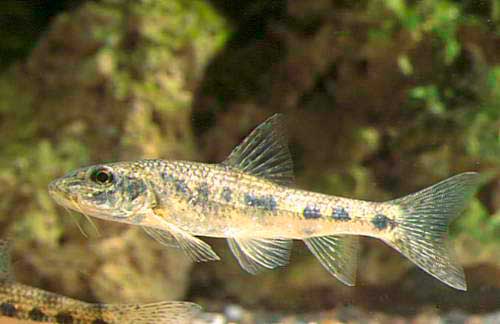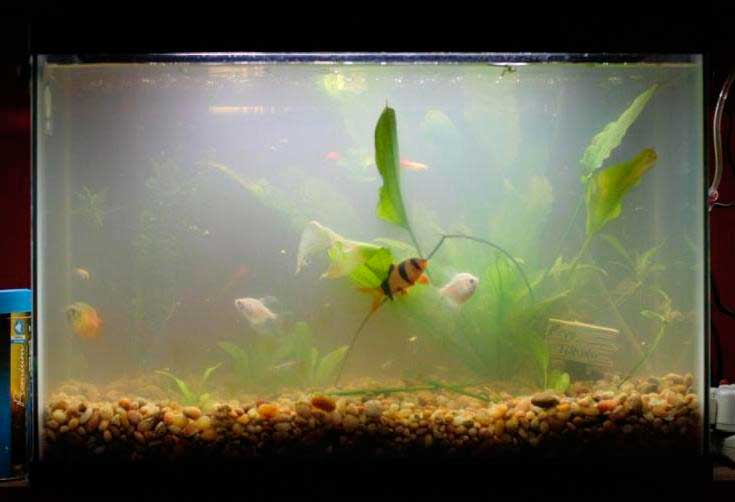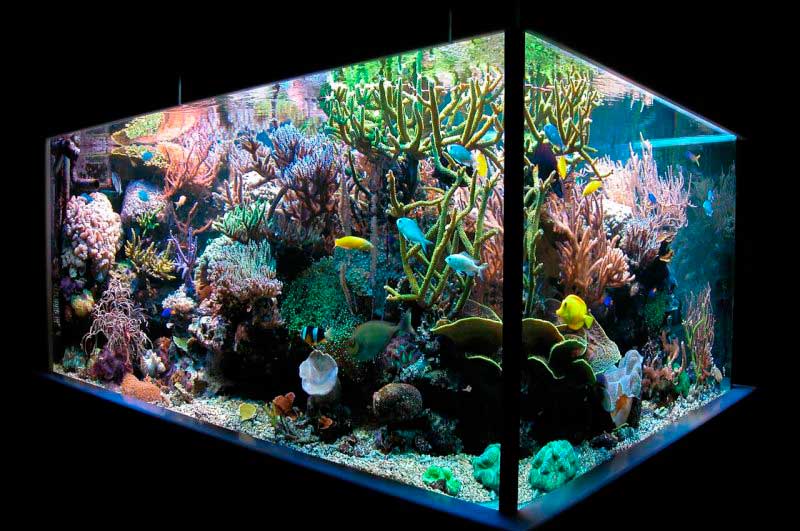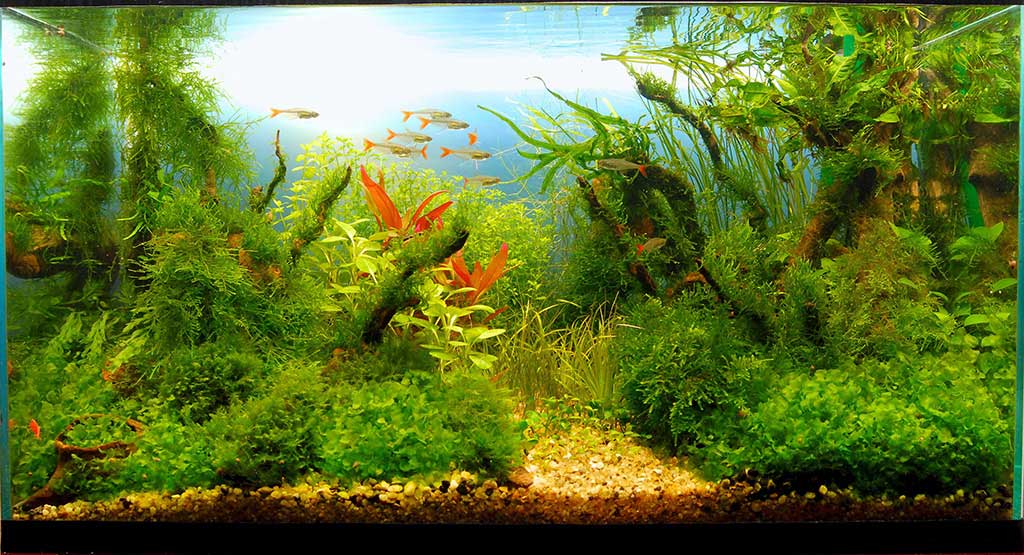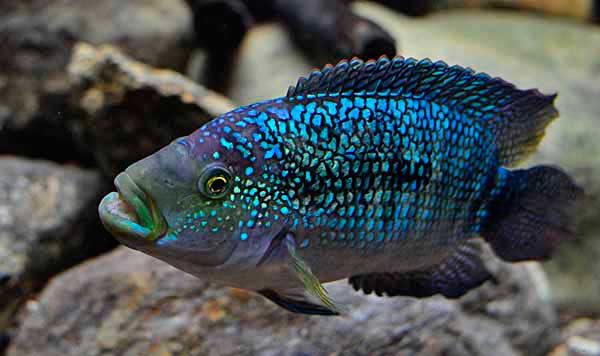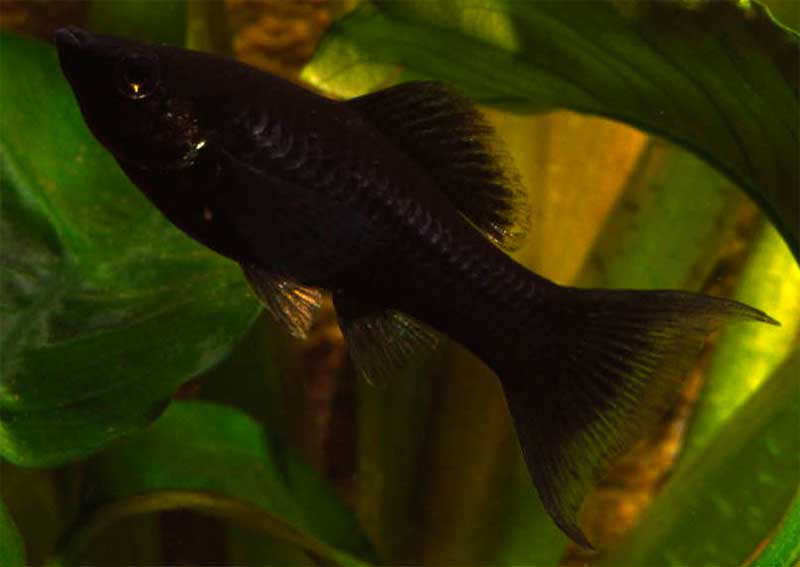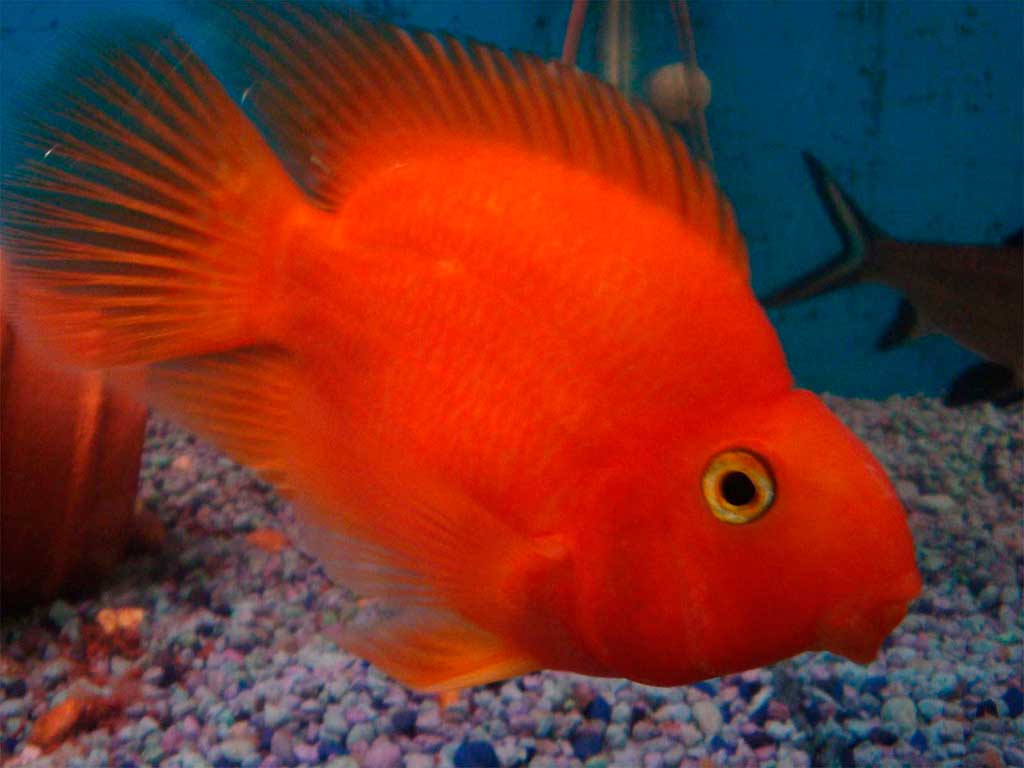Gudgeon in the aquarium – the idea is not so new. Previously, this fish was quite often observed by aquarists.
The gudgeon is hardly an exotic fish for us. But he may well be an ornamental fish. It is also a worthy object of observation. Previously, the gudgeon was kept in aquariums as an ornamental fish.
Its coloring, of course, can not compete with the coloring of tropical fish, but it is not without charm. And if you want to learn more about the physiology of fish in our native waters, the gudgeon can become a very interesting object of observation.
- kingdom: Animals
- Type: Chordates
- Class: Bony fish
- Squad: Carp
- Family: Carp
- Rod: Gudgeons
- View: Common gudgeon
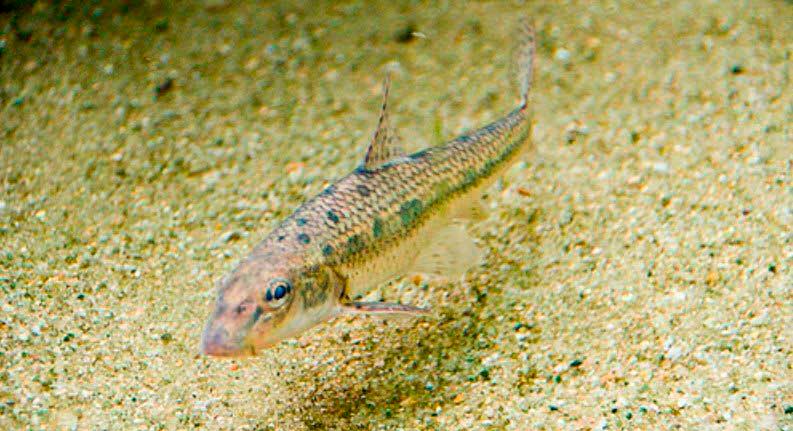
Gudgeon in the aquarium Description
No matter what we call it, at least a scimitar, at least a gudgeon, it has a size of up to twenty centimeters. But it can reach such sizes only when it lives up to the age of 8-10 years, dwelling in a clean and spacious reservoir. Water bodies clean less and less and gudgeons of such sizes meet nowadays not often. Most often you can meet fish sizes 10 -15 centimeters. In the aquarium it will have the size of up to 10 centimeters.
The head is slightly flattened. Eyes directed slightly upwards. The mouth is lower. There are antennae at the corners of the mouth. The back is gray with a green tint. The sides have a yellow tint. Sexual dimorphism is weakly expressed. However, during the spawning period, males have small white pimples on the head.
Already looking at the appearance of this fish, you can assume that it is bottom. And so it is. The gudgeon stays mainly in the bottom layers of water.
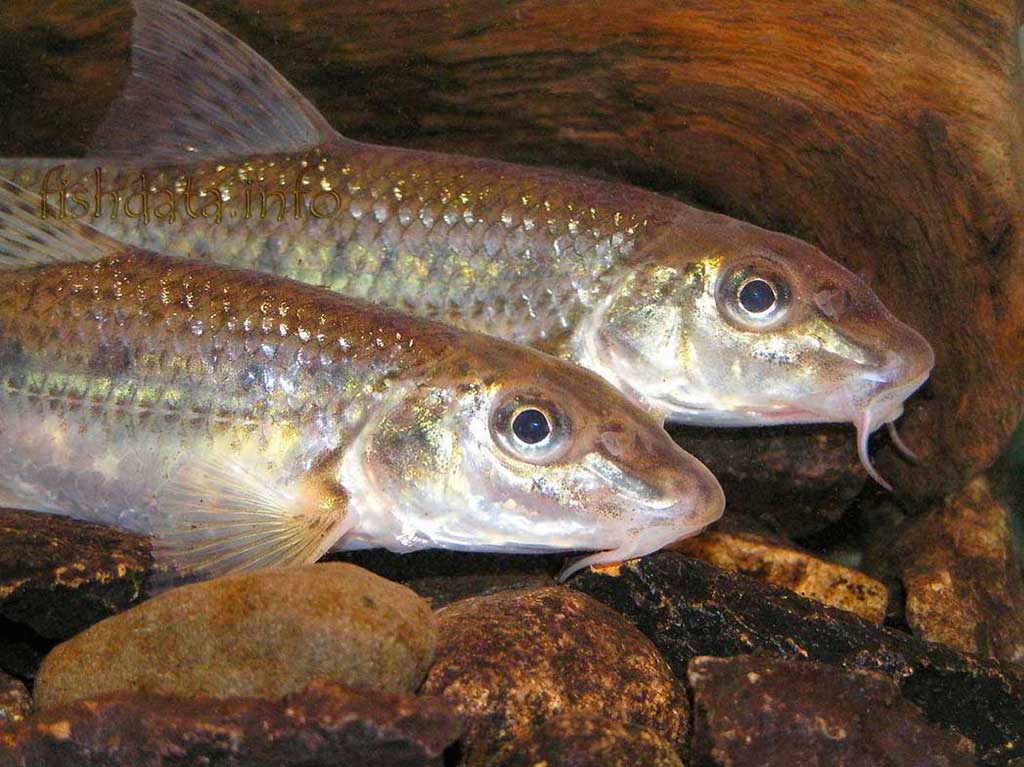
Where to get a gudgeon?
Where do you get these fish? In the aquarium store it is unlikely to buy it. If you want to keep these fish at home, you will have to get them yourself. In the nearest body of water, where this fish can be found, you can try to catch a few specimens with a net. This method is not the best. For such a catch you need a lot of skill. But in addition to the complexity of such a bloodless hunt adult fish caught from a natural body of water, poorly acclimated in the aquarium.
Much better results will be if you are observant and during the spawning period of these fish try to collect their eggs. The gudgeon spawns from May to June. Eggs are light gray, about 1.5 millimeters in size. Eggs are sticky, so you can often pick up a small pebble studded with glued eggs. This stone should be placed in a container with water taken from the same reservoir as the substrate with eggs. Within the next one to two hours, the eggs should be taken home for incubation. During transportation, it is desirable to use a mobile compressor running on batteries. The eggs are very sensitive to lack of oxygen.
Aquarium for gudgeon
For the content of three to four individuals is quite sufficient aquarium volume of about fifty liters. It is desirable that the tank for keeping gudgeon had a trough-shaped form then at temperatures up to twenty degrees Celsius can do without additional aeration.
As already mentioned, it is better to cover the bottom with a layer of sand. It is desirable to equip several caves and grottoes on the bottom. It is possible to decorate the bottom with willow snags.
Plants are suitable for any cold-resistant plants. You can use vallisneria, elodea.
The gudgeon is a cold-water fish. In summer, the water temperature in the aquarium with them should not rise above 20 – 22 degrees Celsius. To the hardness of water gudgeon is not demanding. Acidity should be neutral. In general, it is quite suitable tap water tempered water.
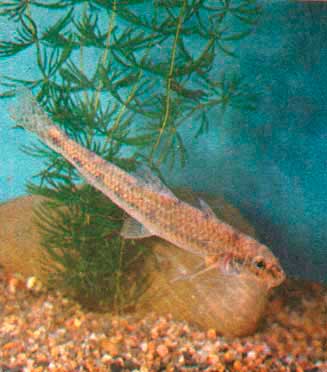
The gudgeon can be fed almost any kind of live food. Insect larvae are especially to its taste. It can be accustomed to dry food, if necessary.
Gudgeon in the aquarium Spawning in captivity
When you learn how to keep a gudgeon at home, you may want to get offspring from it. There are a few subtleties here. First, in order to provoke spawning in the spring, in winter, the fish should be kept at a temperature of about ten degrees Celsius. In the second spawning ground should imitate shallow water. The aquarium needs a trough shape. The soil in it should be laid with a hill so that on one side of the water height was about twenty centimeters, with the other three – four centimeters. It is desirable to establish additional aeration and gradually raise the water temperature to twenty degrees.
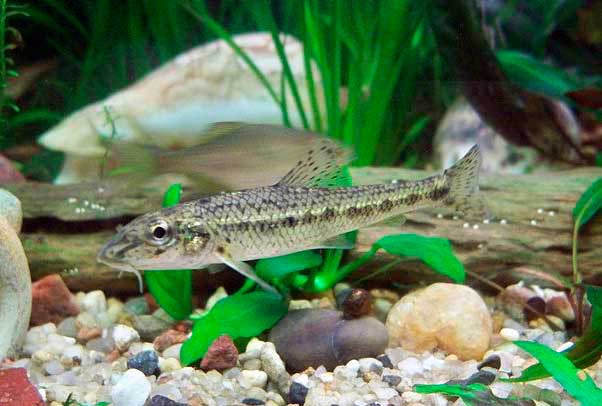
When the fish are ready, spawning will begin. The eggs are spawned in small portions. The eggs are quite sticky – they stick to grass and rocks. After spawning is completed, adult fish should be removed from the spawning ground. Incubation lasts from three to five days. The starting food for fry is infusoria slipper. A little later cyclops daphnia, Artemia nauplii.
Excess fry can always be released into the water body from which the eggs or adult fish were taken. This is both fun and helps nature.
Some peculiarities of keeping in an aquarium
As they say, there is no arguing about taste. Gudgeon in the aquarium has the same right to exist, as well as scalaria. The content of gudgeon in the aquarium is no less fascinating than the content in the home man-made lake of tropical fish. You just need to remember that he needs cooler water. Today it is easier to heat water by technical means than to cool it. Although it is fair to say that our predecessors coped with this task relatively well.
Maybe in the future we will talk about ways to cool the water in the aquarium in the summer heat. For now, I will say that our native gudgeon is a fish for amateurs who are not afraid of difficulties. Starting with the extraction of individuals able to take root at home, ending with cooling water in the summer heat. And yet this fish deserves the attention of aquarists no less than any other.
